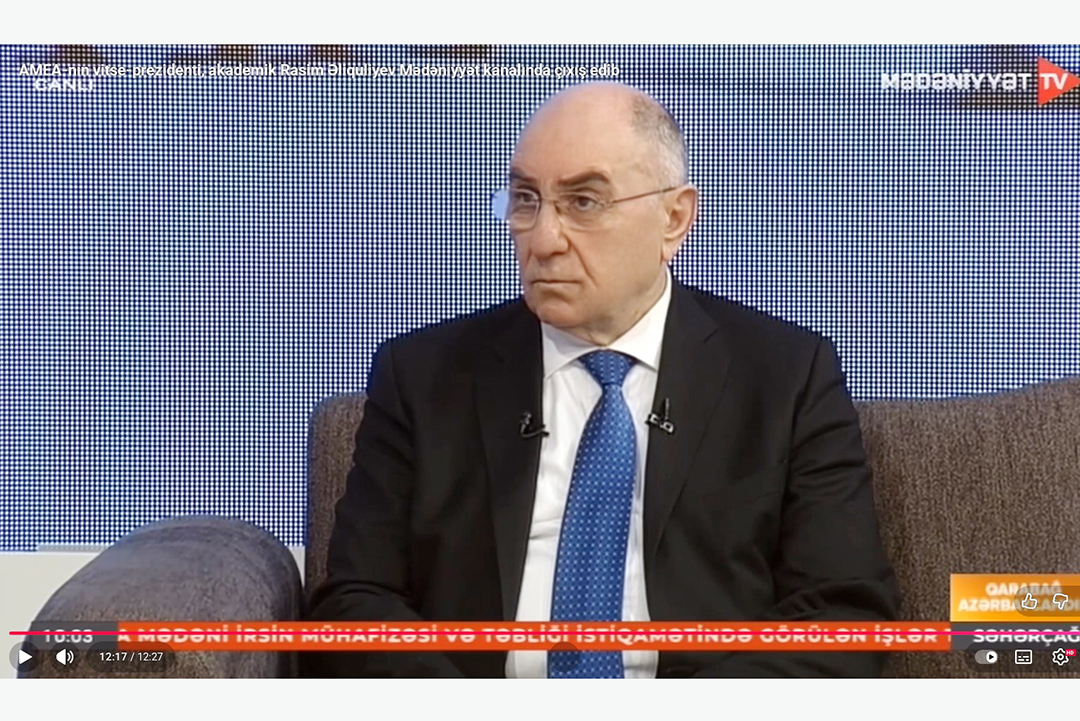NEWS
New AI model can detect Alzheimer's 6 years before diagnosis

Using a standard brain scan method, researchers programmed a machine learning algorithm to diagnose early Alzheimer's disease and came up with impressive results.
There is no cure for Alzheimer's disease, but in recent years there have been promising drugs that can help stop the progression of the disease. However, these treatments should be carried out in the early stages of the disease in order to bring any positive effect. Therefore, early diagnosis here plays a key role.
One of the difficulties associated with Alzheimer's disease is that by the time all clinical symptoms appear and we can make a final diagnosis, too many neurons die, making the disease irreversible.
In a recent study, Jae Ho Sohn, a resident of the University of California at San Francisco, combined neuroimaging with machine learning in one method to try to predict whether a patient will develop Alzheimer's when he first has a memory impairment — the best time to intervene.
The study found that positron emission tomography (PET), which measures the content of certain molecules, such as glucose, in the brain, can be a good tool for diagnosing Alzheimer's disease. Glucose is the main source of fuel for brain cells, and the more active the cell, the more glucose it uses. As brain cells get sick and die, they consume less glucose and, ultimately, do not use it at all. Accordingly, when the level of its consumption falls, it is possible to judge the origin of the disease. However, due to the fact that the disease is a slowly progressive disorder, changes in glucose levels are barely noticeable, and therefore they are difficult to detect with the naked eye.
This is an ideal application for deep learning, as it is especially effective when searching for obscure, but common processes. Human radiography is really strong in detecting such tiny focal lesions as a brain tumor, we are trying to detect slower and more global changes, explains Jae Ho Sohn.






